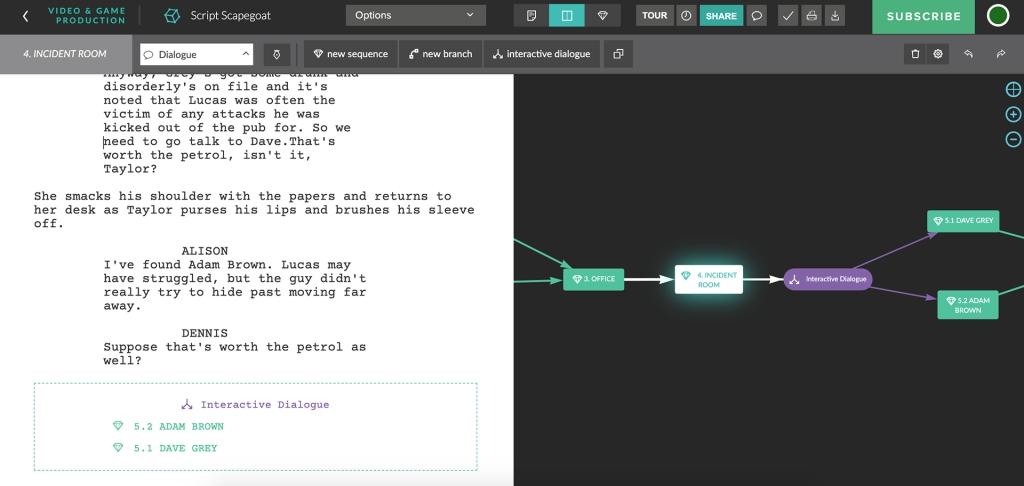Today, on International Women’s Day, we celebrate the pioneering women who have opened new horizons in the fields of interactive arts and neurotechnologies! As a woman- and diverse-led team, we pay tribute to the women that have shaped the landscape of brain-computer interaction and neuroscience in interactive storytelling and the arts, and have inspired our own work.
Nina Sobell and Jaqueline Humbert are early pioneering artists, and amongst the first to design Brain-Computer Interaction applications. Sobell’s Brainwave Drawings (1972) – probably the first work of moving image with the use of a Brain-Computer Interface (BCI), and Humbert’s Alpha Garden installation (1973) and Brainwave Etch-a-Sketch drawing game (1974), are seminal works, laying the groundwork for future explorations in the field. Read more…
In more recent years, advancements in neuroscience and technology have enabled artists to create works that express their inner experiences and the feeling of being connected with their audience. Claudia Robles-Angel is an audio-visual and new media artist pushing the boundaries of audience interaction in multimedia performances. Her INsideOUT (2009) audio-visual performance used her own brain-activity to generate images and sound. Read more…
Mariko Mori has used the simultaneous interaction of more than one participant with the use of BCIs in the Wave UFO immersive video installation (2023). While the iconic performance artist Marina Abramovic collaborated with neuroscientist Dr Suzanne Dikker in projects like Measuring the Magic of Mutual Gaze (2011), The Compatibility Racer (2012) and The Mutual Wave Machine (2013), demonstrating the power of multi-brain BCIs in facilitating simultaneous interaction between participants. Read more…
As we celebrate the contributions of these remarkable women, and their dedication to pushing the boundaries of art, science, and technology, let’s continue to honour and amplify the voices of women in interactive media and beyond!


